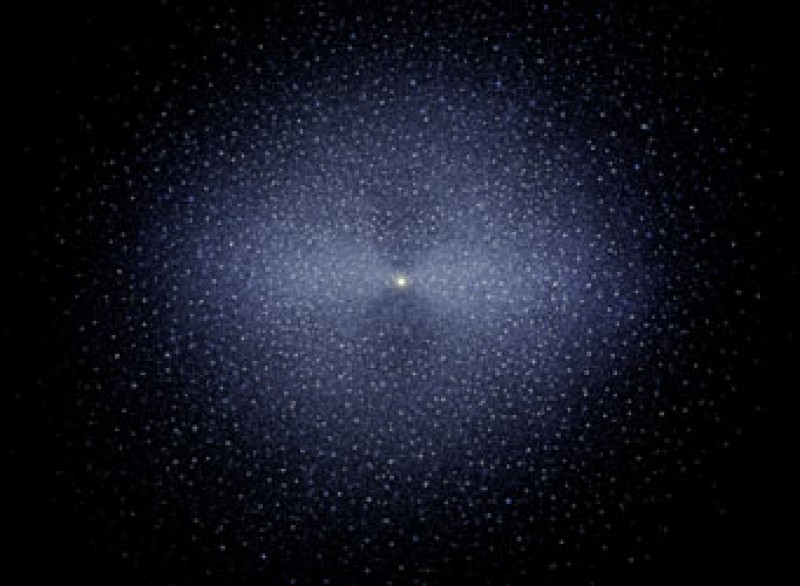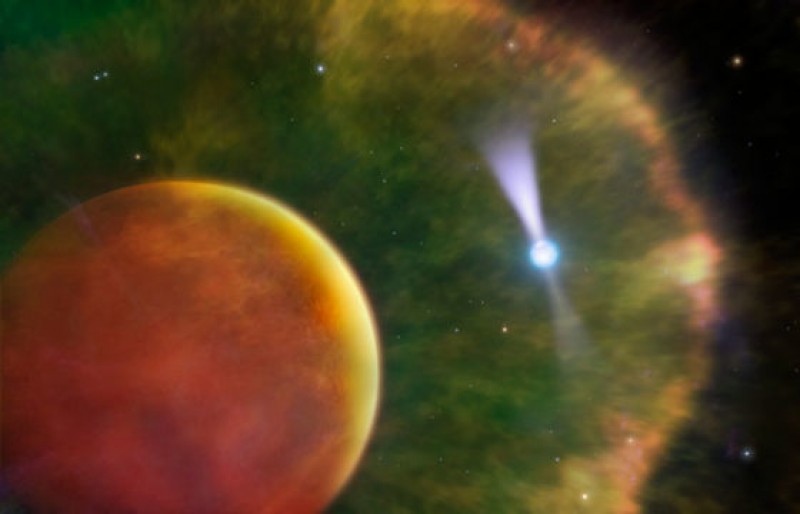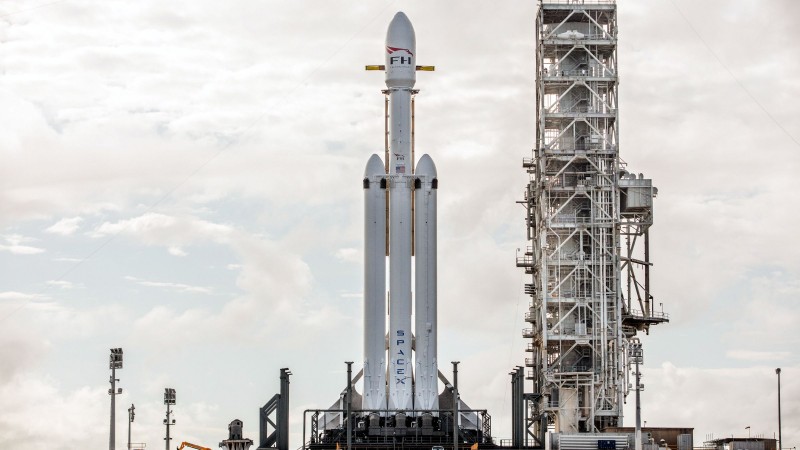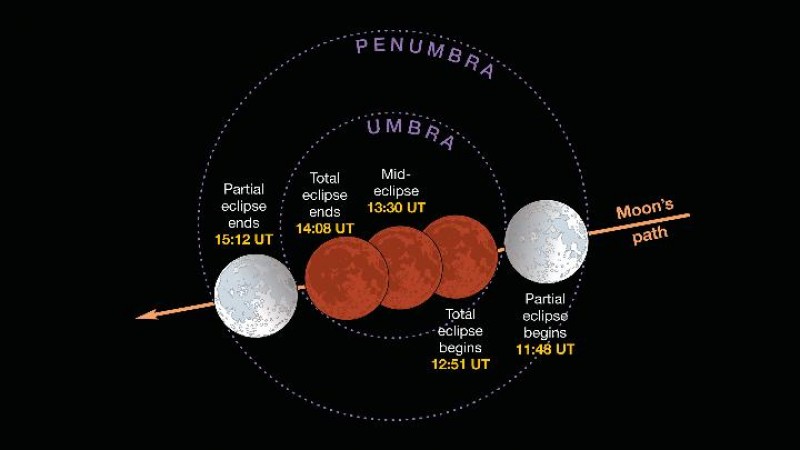News
New Aluma E2V Models
Thursday, May 31st 2018 05:54 PM
We are pleased to announce the new SBIG® Aluma® 47-10 and SBIG Aluma 77-00 back-illuminated CCD cameras have arrived. These new models are among the highest sensitivity cameras available today, with a peak QE over 90% and very low read noise. A variety of coatings are available, providing optimal sensitivity at different wavelengths.
Aluma features both USB 2.0 and WiFi 802.11 b/g/n interfaces. This allows Aluma cameras to be controlled directly by tablets and smartphones, as well as conventional Windows, Macintosh, and Linux computers. Aluma cameras come with MaxIm LT software for Windows.
All cameras include a high reliability, even-illumination mechanical shutter, which facilitates dark/bias calibration and photometric-quality imaging. Exposure length can range from many hours down to 100 milliseconds. Strong sensor cooling and fast, low-noise readout provide the cleanest possible images.
The Aluma Series includes 8 position filter wheels wit...
Read More
Read More
Known Close Stellar Encounters Surge in Number
Monday, May 28th 2018 10:03 PM
Astronomers are on a hunt to find stellar hit-and-runs — stars that sideswipe our solar system, potentially hurling hailstorms of comets inward and showering our planet with deadly debris.
Take Gliese 710, an orange dwarf star roughly 63 light-years away in the constellation Serpens, as an example. In 1.3 million years it will come so close that it will pass within the Oort cloud — that faraway shell populated by trillions of tiny icy bodies — jostling those comets from their orbits and sending them toward Earth. But it won’t be the first or last time a nearby star has spelled trouble for our planet.
Until recently, astronomers could only pinpoint a few stars that play billiards with the outer solar system. Now, Coryn Bailer-Jones (Max Planck Institute) has used data from the Gaia space telescopeto trace the paths of 7 million nearby stars between 5 million years into the past and 5 million years into the future — enabling his team to discover 25...
Read More
Read More
The Sky for this Memorial Day Weekend and Beyond
Saturday, May 26th 2018 09:56 PM
Saturday, May 26Neptune rises around 2:30 a.m. local daylight time and appears 15° high in the east-southeast as twilight commences. The distant world glows at magnitude 7.9, so you’ll need binoculars or a telescope to spot it. Fortunately, it lies near a brighter star that will guide you. This morning, Neptune stands 1.1° west-southwest of 4th-magnitude Phi (φ) Aquarii. You can confirm your sighting of Neptune through a telescope, which reveals the planet’s 2.3"-diameter disk and blue-gray color.Sunday, May 27The waxing gibbous Moon appears near brilliant Jupiter all night. The two were closest during the afternoon hours from North America (when they were below the horizon), and they slowly pull apart as the night progresses. Still, they make a pretty pair set against the backdrop of Libra the Scales. If it weren’t for the Moon, Jupiter would dominate the late evening sky. The giant planet reached opposition and peak visibility earlier this month, and...
Read More
Read More
A Pulsar With Its Own Magnifying Glass
Saturday, May 26th 2018 08:56 PM
In a system 6,500 light-years away, a pulsar and brown dwarf are dancing a cosmic dervish, whipping around each other every nine hours. Their dance won’t last — in addition to its lighthouse-like beam of radio waves, the pulsar PSR B1957+20 is giving off a fierce wind of particles that’s slowly blasting away its companion. For this reason, the pulsar has earned the name “black widow,” after the species of spider that eats its mate.
But before the meal is complete, the brown dwarf has something to offer us: a magnifying glass that exposes the pulsar in incredible detail.
The entire system is tiny: The brown dwarf is the size of Jupiter and the pulsar is only the size of Manhattan; the distance that separates them is roughly five times the distance between Earth and the Moon. From Earth’s point of view, the brown dwarf is big enough to eclipse the pulsar for 40 minutes every time they circle each other.
It’s this fortunate geometry...
Read More
Read More
The Super Blue Blood Moon Wednesday Is Something the US Hasn't Seen Since 1866
Tuesday, January 30th 2018 07:43 PM
This is the first total lunar eclipse to occur since 2015 and the first Blue Moon lunar eclipse since 1982. This full moon is also the third in a series of supermoons.
But what makes this Super Blue Blood Moon extra special is that it marks the first time since March 31, 1866, that a total lunar eclipse coincides with a Blue Moon in North America.
This map by Sky & Telescope shows the visibility regions across North America for the Super Blue Blood Moon lunar eclipse of Jan. 31, 2018.
Credit: Sky & Telescope
Specifically, Wednesday's Super Blue Blood Moon will be visible before dawn to people on the West Coast of the United States and most everywhere around the Pacific Rim. As long as it isn't a cloudy morning, viewers in these areas will witness each stage of the eclipse, according to the magazine Sky & Telescope.
If you're not in an area where the moon will be visible during the eclipse, you can follow along w...
Read More
Read More
IT'S FINALLY HERE! Meade's LPI-G Advanced
Monday, January 29th 2018 10:20 PM
INTRODUCING...
Meade's NEW Lunar, Planetary Imager & Guider (LPI-G) Advanced That's right, Meade's all-new LPI-G Advanced is launching and will be available for purchase FEBRUARY 1st, 2018! Now with a bigger sensor and the capability to take more frames per second, Meade's LPI-G Advanced will give you bigger pixel size and high-resolution images. Your customers can connect it with their Telescope to take pictures at night of the Moon and Planets or connect it with their Coronado Solar Telescope to take images of the Sun during the day. With the capacity to save photos AND video, the astro-imaging gallery will be endless!
This USB 3.0 14-bit camera allows for increased dynamic range, allowing the user to experience the universe like never before. The LPI-G Advanced features a large image sensor along with a high pixel count that allows for increased resolution, making it ideal for planets and solar imaging. The LPI-G Advanced has a back illuminated CMOS - SONY IMX178, image se...
Read More
Read More
Space.com Talks with Astronaut Scott Tingle in Space Today!
Thursday, January 18th 2018 07:18 PM
pace.com associate editor Sarah Lewin will speak with Tingle, who is on his first career spaceflight, to find out how the adaptation to space has been, what's surprised him most, if he would want to visit the moon - NASA's new goal - and what he looks forward to in an upcoming spacewalk. If you have a burning question for Tingle, or about life in space, let us know.
Tingle is a month into his half-year mission with the Expedition 54 (and later Expedition 55) crew on the ISS. He launched to the space station on Dec. 17aboard a Russian Soyuz spacecraft and arrived two days later on Dec. 19.
A captain in the U.S. Navy, Tingle was selected to join NASA's astronaut corps in 2009 and is a veteran test pilot. He hails from Randolph, Massachusetts and holds bachelor's degree in mechanical engineering from Southeastern Massachusetts University and a master's degree in mechanical engineering from Purdue University. He and his wi...
Read More
Read More









